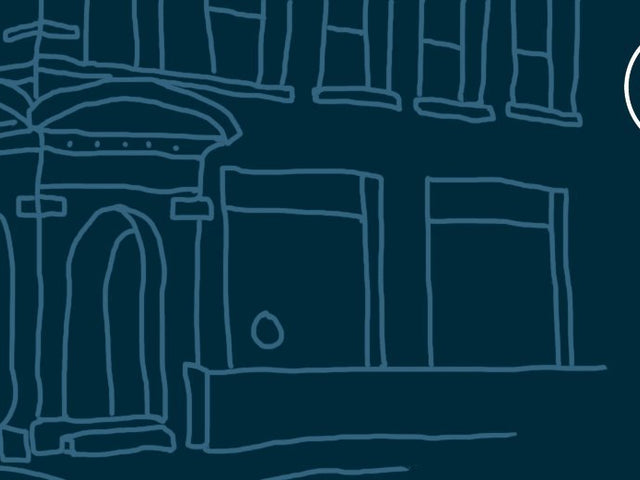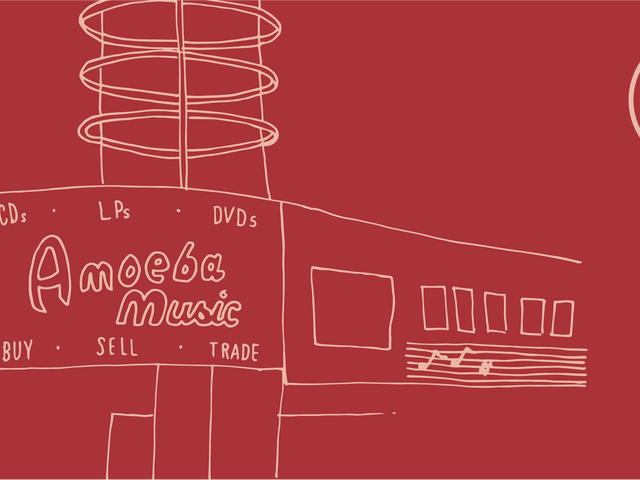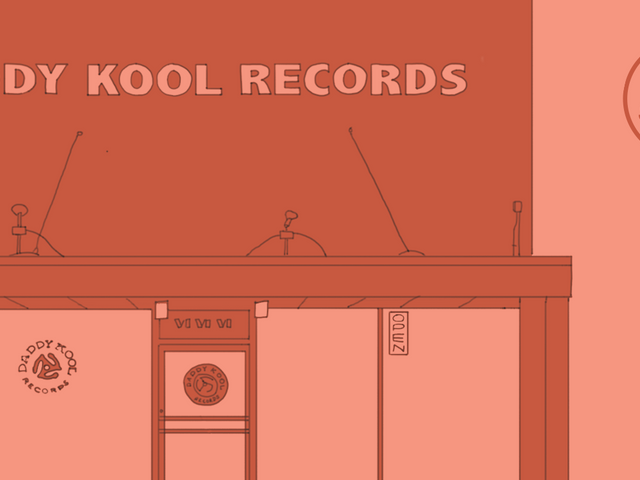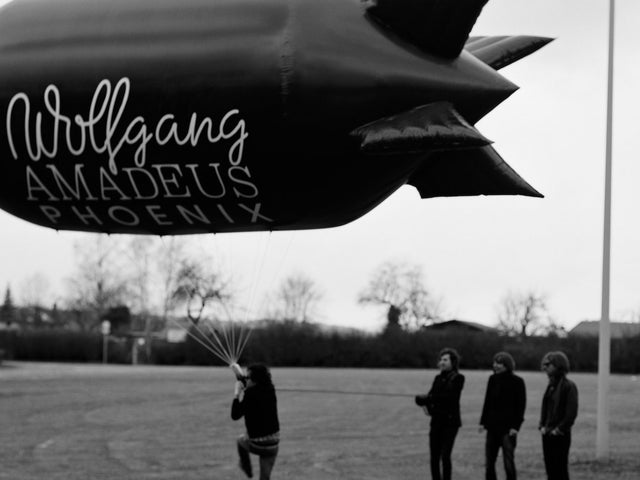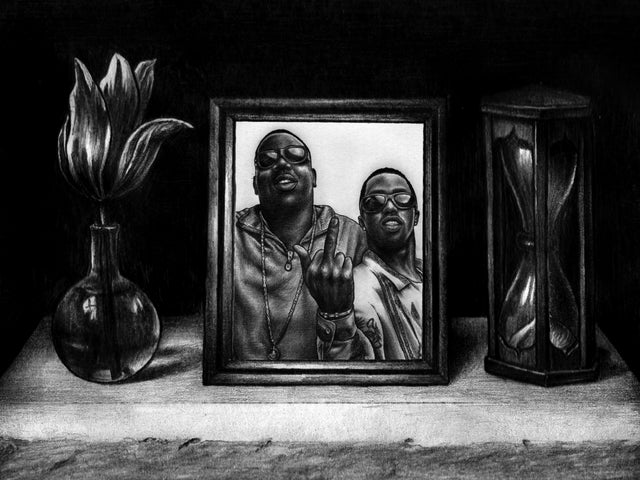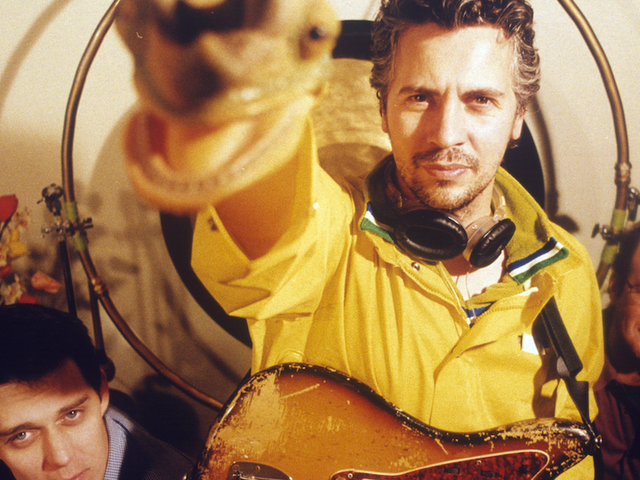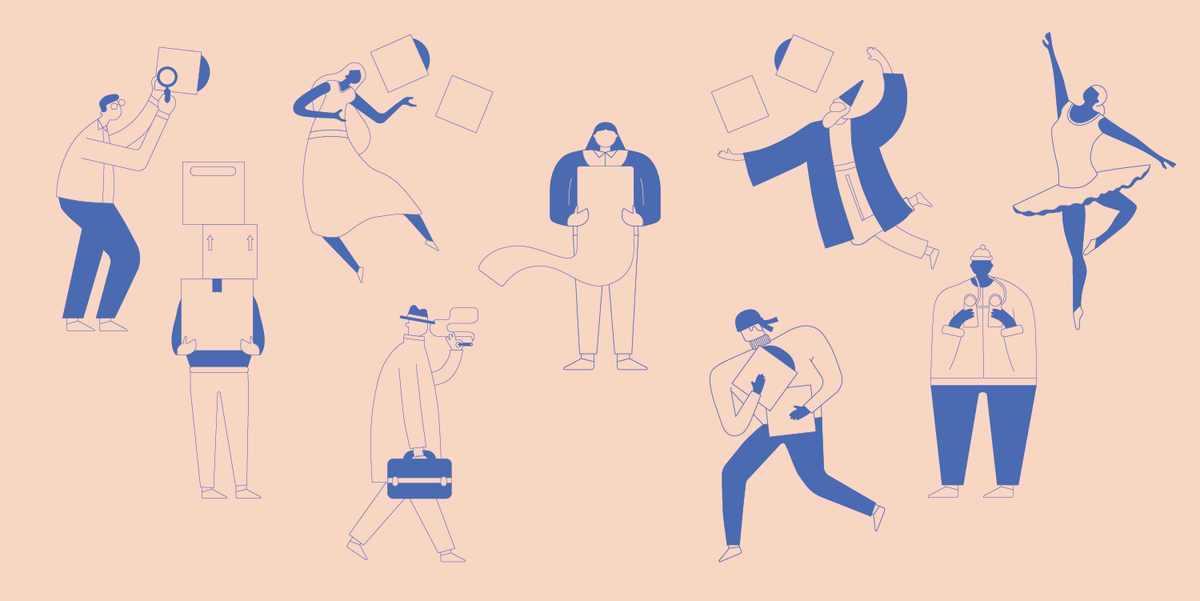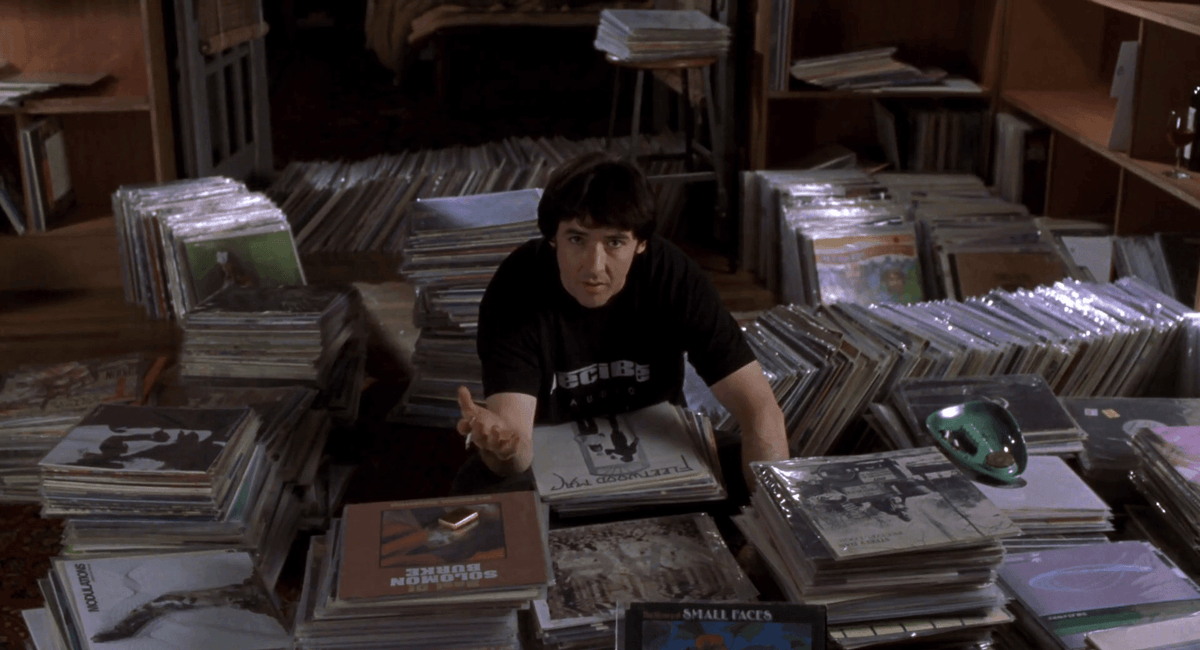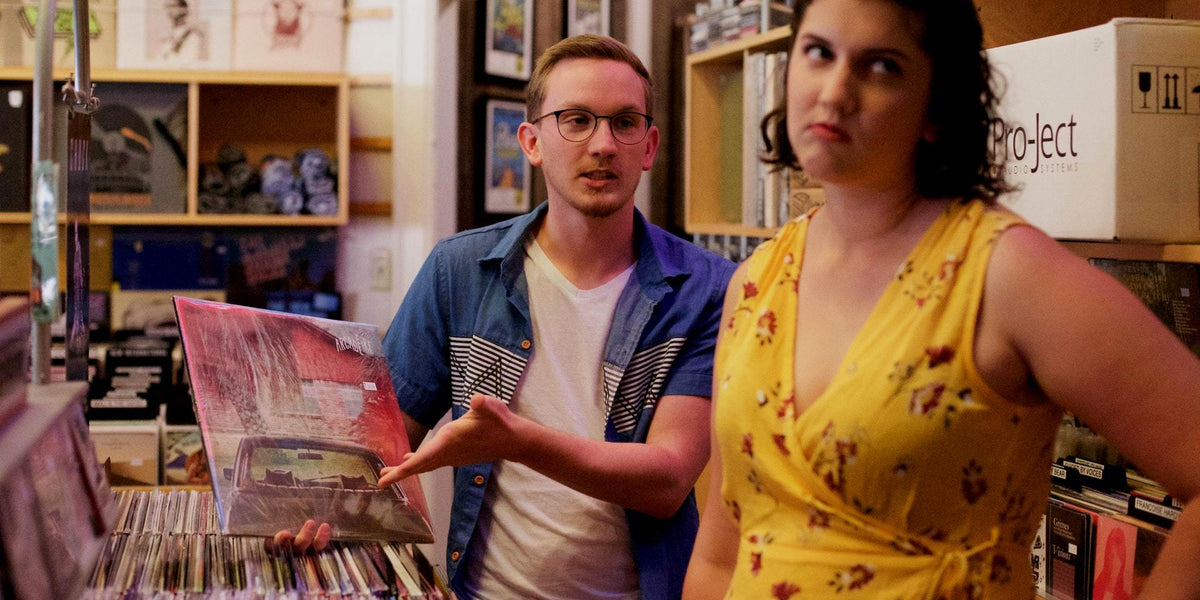Just Like The Real Thing: Coming to Terms with Bootleg Vinyl
Beginning in the 1940s and throughout the ‘60s, listening to American music in Soviet Russia was a defiant act of consumerism. The music itself—popular recordings from Lionel Richie, the Beatles, Elvis Presley, and more—was banned, written off as subversive to the state, and the method of consumption was correspondingly sketchy. Stephen Coates, a British author and composer, grappled with the peculiarly fascinating black market for bootleg records in his 2010 hardcover book X-Ray Audio. Russian bootleggers pressed songs onto used x-ray film, a material with the unique properties required of a vinyl alternative: soft enough for grooves to be carved, firm enough for grooves to hold their shape.
The forbidden songs were pressed onto leftover images of bones—a hand here, a section of a tibia there—like incidental picture discs borne out of necessity. It’s a dramatic, alluring story about the hunger for music. And while it’s an extreme case, the story of Russian “bone records” offers up a weighty microcosm: people go to great lengths to listen to music they’re not supposed to.
Bootleg records have rarely been as rebellious or pure-intentioned as the x-ray vinyl of Soviet Russia, but illegal pressings share a common purpose driven by different types of black market demand. In the broadest sense, bootleg records come in two forms: illicit knockoff versions of official releases and unofficial recordings never meant to be released in the first place.
Above board vinyl manufacturers filter out potential bootlegs through proper licensing. A master license grants permission to press a recording that doesn’t belong to you while a mechanical license grants legal rights to cover or license someone else’s song. Bootleggers, by definition, sidestep at least one or the other.
The United States’ strict copyright laws have effectively deterred wide-scale bootleg manufacturing in recent years, and so the demand for the records themselves has long relied on more lenient supply chains. In an article published on Pitchfork last year, Jesse Jarnow explains how a legal precedent in 1960s Germany established a decades-long legacy for bootlegging in Europe: “a series of legal loopholes (first in the Rome Convention of 1966) put unreleased music into the public domain so long as it was recorded abroad and labels paid all the proper mechanical royalties.” As a result, “ the legal loopholes remain and... all the grey market labels [operate] under varying degrees of legality in their countries of origin.” While you might expect your bootleg DVD or knockoff Gucci bag to be made in China, your bootleg vinyl probably hails from Greece, Germany, or the Netherlands.
Especially during an extended and much-sensationalized vinyl resurgence, perhaps the most glaring example of contemporary bootlegs comes in the form of shady pressings of major label rap albums, records that fill a void left by labels like Def Jam’s apparent refusal to engage with the current vinyl market. For example, if you own a vinyl copy of Kanye West’s Graduation or Yeezus (or Watch the Throne or Cruel Summer) it’s almost assuredly a fake. While plenty of smaller labels have leaned on the renewed interest in vinyl for their growth, some larger imprints have shrugged off the hassle of manufacturing such a niche product with high overhead (and often run into artists not having interest in discussing vinyl pressings of their albums). As a result, manufacturing plants operating in murky legal territory not only offer unofficial versions of albums like Yeezus, they market the bootlegs as legitimate with all the same alluring trappings of veritable limited edition records: marble colored vinyl, numbered copies, etc. Fake or not, bootlegs give customers what they want.
While bootlegs aren’t inherently poorly conceived or manufactured, unofficial pressings arouse appropriate suspicion with regard to audio quality and sourcing. If an official vinyl version of an album like Yeezus was never released by the label, bootleg copies often rely on the same digital audio files you’d listen to on your phone or computer. To be fair, not all official vinyl pressings are mastered specifically for the format, but vinyl fetishism has reached its peak when a bootleg record carrying MP3 files in its grooves is more highly valued than the MP3’s themselves.
But not all bootleg records share such conspicuously faulty audio sourcing, and some offer listeners chances to hear music legitimately unavailable elsewhere.
Especially before the Internet, fans clamored after records containing live recordings and artist demos that would never make it onto an official release yet filled important gaps in an artist’s career narrative. In an Uncut magazine feature published in 2011, David Cavanagh positioned a lost Beach Boys album—the follow-up to their pivotal Pet Sounds record—as one of the best (or at least most important) bootlegs ever. “The first tape that started circulating of Smile – in very limited circles – was in about 1979, 1980,” Andrew G Doe, a Beach Boys expert said in a 1975 NME feature. “When an official biography of the band was written by Byron Preiss. He was given Smile tapes by a member of Brian’s household, and they got into the hands of collectors. Those tapes circulated for two or three years before we began to see, in 1983, the first vinyl bootlegs that you could go into a shop and buy.” In 2011 a tinkered-with version of the original Smile recordings was released officially by Capitol Records. The release felt like a confirmation of the bootleg’s well-travelled importance. For fans, avoiding the bootleg was like willfully ignoring a piece of a Beach Boys puzzle sitting at the edge of the table. On the other hand, Smile carried remnants of bandleader Brian Wilson’s darkest hours: he “was spiraling toward a nervous breakdown and struggling with drugs and with personal demons,” Bernard Weintraub wrote for the New York Times in 2004. In that way, bootleg versions of Smile commercially packaged Wilson’s severe personal issues decades before he was ready to share them with fans himself.
If Smile is one of the most pivotal bootlegs ever, it owes an earlier Bob Dylan release for paving the way. In 1968, more than a dozen new Bob Dylan songs were packaged in an infamous bootleg now commonly referred to as the Great White Wonder, a reference both to its rarity and generic white packaging. The record not only helped launch a institution in Trademark of Quality—a tongue-in-cheek name for a label that bootlegged unreleased music from bands including The Rolling Stones, Led Zeppelin, and more—but lured listeners in with the promise of intimate Dylan recordings. Speaking about the release, which featured a handful of “basement-tape” sessions, guitarist Robbie Robertson offered some insight to author Greil Marcus in his 2001 book The Old, Weird America: The World of Bob Dylan’s Basement Tapes. “It was all a goof,” Robertson said. “We weren’t doing anything we thought anybody else would hear.” Robertson went on to admit that Music from Big Pink, the debut album from the Rock and Roll Hall of Fame inducted group The Band for which he played guitar, was borne out of the bootlegged session tapes. Like many of its kind, Great White Wonder violated artist privacy in exchange for unprecedented access to new material. Not only do we get Music from Big Pink from Great White Wonder, we better understand it. The violation of musical privacy is a current that runs rampant in today’s world of Internet leaks. Are you any less or more of a fan for listening to music that an artist never intended to share with the world?
In cases like the above, bootleg records subvert an artist’s wishes through voyeuristic consumption, but sometimes artists themselves are behind the bootlegging. When I interviewed the groundbreaking Philadelphia gangsta rapper Schoolly D for Billboard last year he hinted that he bootlegged his own records in the 1980s. “Disc Makers [was the pressing plant I used at the time],” he said of self-releasing his 1986 single “P.S.K.” “I winded up using the mob to do the rest of the pressings,” he added with the justification that “everybody wanted it out right then and there.” Before the proliferation of CD bootlegs and MP3 leaks, Schoolly thought of bootlegs like smart and quickly manufacturable promo, even if he wasn’t always the one pushing the button. Nonetheless, it’s a rare artist that approaches bootlegs with such open arms.
For fans, bootlegs can feel like a necessary evil. Sometimes listening to a bootleg is like cracking into a guarded diary without permission. But bootlegs can also be a bit like vanilla extract: a knockoff that tastes almost as sweet as the real thing we can’t source or afford for ourselves. At a more fundamental level, bootlegs represent a common dynamic between artists and their fans: as listeners we’re often left wanting more than an artist is willing to deliver. And as with all things, sometimes we just have to take what we can get.
Related Articles
Join the Club!
Join Now, Starting at $36Pages

